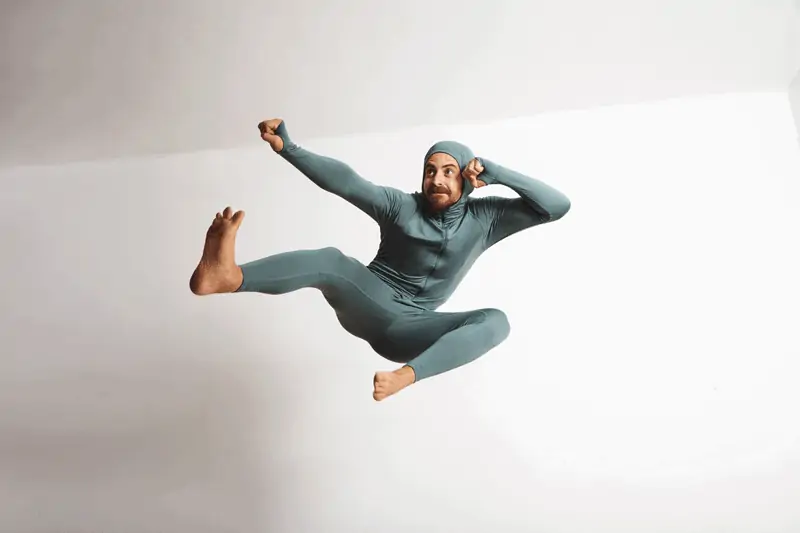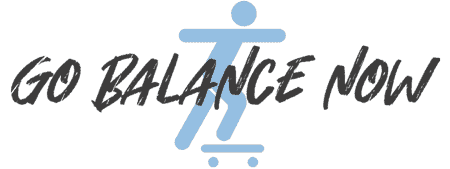Snowboarding is one of the most enjoyable winter sports, but it can be difficult to find time and space to practice.
If you live in a warm climate or don’t have access to snow-covered mountainside terrain when during the offseason, you may feel like your snowboarding skills are stagnating.
But there are ways for you to stay on top of your game during these off months.
Practicing snowboarding without snow or a hill sounds a little counterintuitive.
But don’t despair!
There are a number of ways you can practice snowboarding at home and keep your skills from going stale.
They might even help you improve your technique when there is fresh powder in the mountains.
[ez-toc]

How to Practice Snowboarding at Home?
Depending on what your goal is, whether it be learning tricks, keeping your balance, or strength training to jump higher, practicing at home is very beneficial.
Even if you have been boarding for years, keeping up on your strength and flexibility is a great way to stay active on the slopes.
Strap on your board
As simple as it sounds, strapping on your board and riding around the house is a great way to practice balance.
Just stand up on the board, lean forward slightly, place your weight more on the front of your feet, and ride around.
Once you are comfortable doing this standing still, try gradually making turns or even jumping up and down.
This is a great way to get used to your board’s size and weight.
You can also use some sort of a round tube, like a large full water bottle or a foam roller to balance your board while rocking back and forth.
Use a Trick Box
Another creative way to practice your snowboarding is by using a trick box.
This is can be a stack of pillows or an actual box.
You can build your strength and balance by jumping up a down on one.
For example, you could jump up and front side 180 off of it, repeat like reps at the gym.
Take your board off and just practice snowboarding tricks, this will also get you used to the motions it takes to do a trick.
Balance Exercises
Once you feel comfortable balancing while doing simple tricks around the house, you can move on to some basic exercises to increase your sense of balance.
These are also great strengthening exercises if you don’t have any equipment available for working out at home:
Stand on one leg and slowly raise your other foot towards your knee.
Repeat for a total of 10 times, then switch sides.
If you feel comfortable doing this standing still, try adding motions to it by lifting the raised leg to different heights or moving around the room.
Another option is balancing on a half-foam roller while you hold a weight out in front of you.
The key is keeping your balance even as the roller rocks back and forth beneath you.
You can also use any collection of pillows, books, to create countless variations of rockers and beams that will improve your balance and help with tricks at the same time.
As long as there are no gaps between items and they don’t shift as you land on them, they should be safe to use for practice.
Balance Boards
A balance board is a great piece of equipment to train on at home.
It’s basically a mini snowboard that you can use to simulate the twist and turns that snowboarders experience naturally on the hill.
They build strength, balance, and mental focus.
With only a little creativity, you’ll find plenty of ways to use this training tool around the house.
Check out our article about the best balance board for snowboarding
Snowboarding Training Exercises for Strength & Explosivity
Some snowboard exercises that require minimal equipment are great for building strength and explosivity needed when jumping or riding fast down the slopes.
Here are a few you can do at home:
- Jump squats
- Oblique Twists With Medicine Ball
- Power Pushups
- Calf Raises
- Walking Lunges
- Pull-Ups
- Bike Riding Or Stationary Cycling
Why it’s a good idea to keep training?
The saying goes if you don’t use it you lose it.
So think of all those muscles that are used when you snowboard and in the off-season how quickly they may get weak.
If you keep up with your training during the off-season, it will be easier to hit the slopes when winter rolls around without feeling too out of shape or afraid that you can’t handle riding because you’ve gotten soft.
Even if just for a few minutes each day, practicing at home can help maintain or improve certain aspects of athletic performance.
By keeping up with snowboarding exercises, you will also build muscle memory for new tricks as well as improve on old ones.
So be creative, get active around the house, get fit for snowboarding season!
Final thoughts
Snowboarding is an intense, high-impact sport that requires a lot of strength and explosivity.
Balance exercises are important for increasing your sense of balance on the slopes so you can do tricks with ease.
It’s also important to keep up with snowboard training in order to maintain or improve certain aspects of athletic performance.
The best way to stay fit for snowboarding season is by keeping active around the house through various activities like jumping squats, power pushups, calf raises, walking lunges, pull-ups, bike riding, or stationary cycling!
Grab a balance board to take your training to the next level.
We hope our six focus points of snowboarding exercises have been helpful in some way for making the most out of your training!
Let us know how it goes, and share any other tips or suggestions that we might have missed.
